A new kind of insurance for the wine producer: “The individual supplementary volume”
Many things can happen in a vineyard. Weather problems are frequent. Diseases can reduce quantity and destroy quality. A small harvest could be disastrous for the producer. On the other hand, the change of character in a wine according to the specificities of the vintage is one of the appealing things with wine. Will “supplementary volume” be the saviour of the wine grower?
“Supplementary volume”
For some producers it would be impossible to imagine blending different vintages in a wine to make up for lost harvest or bad quality. But for some this is maybe the future. “The individual supplementary volume” has arrived in the French vineyards.
Several wine regions in France are experimenting with this supplementary volume, in French called Volume Complémentaire Individuel (VCI). It means that you save some of the harvest from a good year and use it a bad year.
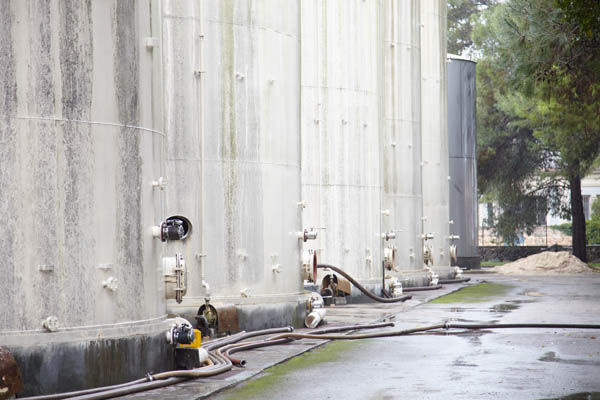
The beauty of it for the producers is that in good years they are allowed to harvest a little over the permitted yield. The wine they make from these grapes are put to the side. Experiments have been going on in Chablis since 2006 and the experiment was recently extended to 2014 when the procedure is likely to be confirmed as permanent. Since 2010, some 20 appellations in Bordeaux have also been experimenting with VCI.
Consistent quality = boring wines?
The idea is of course to give the grower the possibility to maintain a consistent quality and quantity each year. But here the question arises: Do we really want the wines to maintain a consistent quality every year?
Do we want the vintage differences to vanish? These differences are a major strength in French wines. One can argue that they make it more interesting to drink, say, French wines compared to wines from warmer climates.
A skilled winemaker is often able to make good wines even in bad years. So is allowing vintage blending not making it a bit too easy? Or should we have sympathy for the growers and the worries they have certain years? Perhaps it is as I said earlier. An ambitious grower who makes wines with character would not want to mix vintages. Maybe VCI will only be used by those whose wines are pretty neutral anyway.
VCI rules in Chablis and Bordeaux
VCI rules for Petit Chablis, Chablis, Chablis Premier Cru and Chablis Grand Cru are the following:
– You are allowed to harvest up to 10 hectoliters per hectare more than the “permitted” yield.
– The maximum accumulated VCI is 25 hectoliters per hectare.
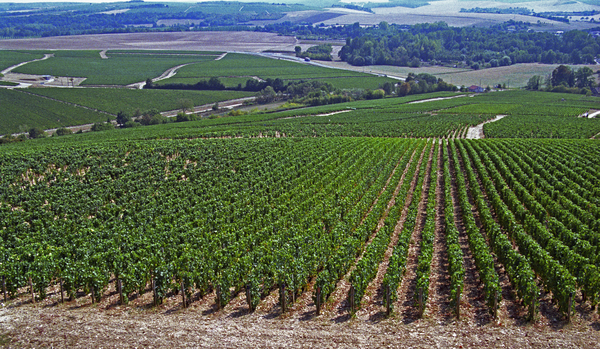
For red Bordeaux the figure is 5 hectoliters more than permitted yield. The extra volume you harvest may not exceed 10% of the permitted yield.
A bad year the producer can ask for permission to use his VCI wine. He must prove that he has need for it to reach full production. He can choose to add VCI to a small harvest or to replace a portion of the harvest that is of poor quality with VCI wine. In total the quantity produced may not exceed the permitted yield.
The VCI wine cannot be sold as it is. And it can only be kept for a limited number of years and is then replaced by new wine and the old is sent to distillation.
The 85/15 rule
Will 5-10% (or possibly more in Chablis) make the wines more alike from year to year? And to confuse things a little bit more we now have, since 2009, the 85/15 rule within the EU. It means that if you mention the vintage on the label only a minimum of 85 % of the wine must be from that year. How does this rule work together with VCI?
Champagne, a case apart
In Champagne there is a tradition of blending different vintages. In their non-vintage champagnes, the houses want to maintain a style. The consumers will know what they get every time they buy a certain champagne. In practice this means that the new harvest is blended with maybe 20-30 % of two or three older vintages. But this is the non-vintage champagnes of course. These reserve wines have been put aside by the producers themselves from the normal harvest and the producers can use them as they like.
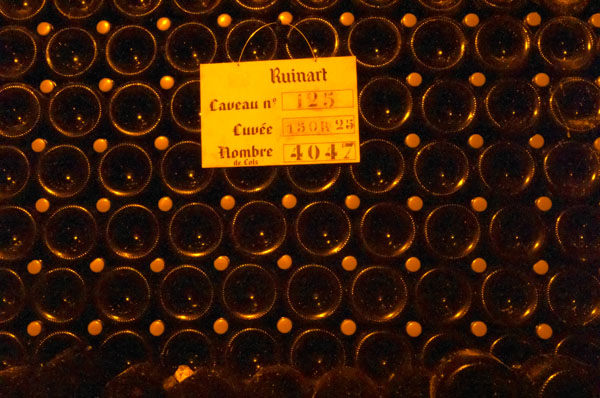
For some years now there has been VCI also in Champagne. So the producers can put aside reserve wines to be used a year when the harvest has been particularly poor. In 2011 this gave the producers the following possibilities: The permitted yield was set to 12,500 kg per hectare. This included VCI of 2000 kg set aside in previous years. It meant that you could only harvest 10,500 kg but make wine out of 12,500 kg. You could also, if you wanted, set aside new VCI of 3100 kg per hectare. So you could in fact harvest 13,600 kg per hectare.
Leaving aside Champagne, we know so far very little about what producers in different regions think about VCI. It will definitely be an issue for 2013. To be continued.



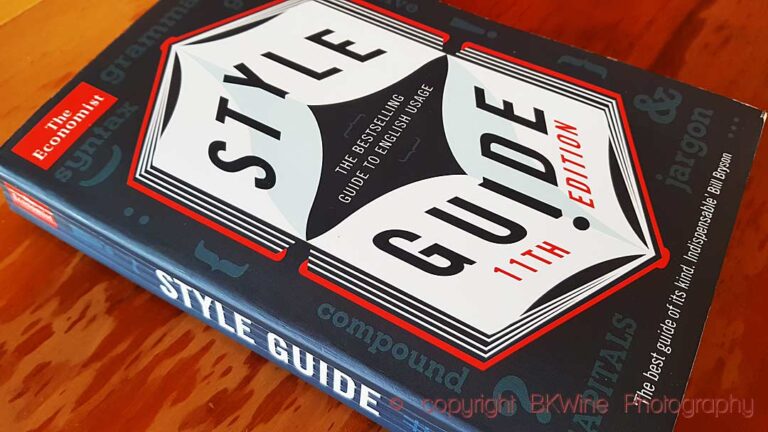
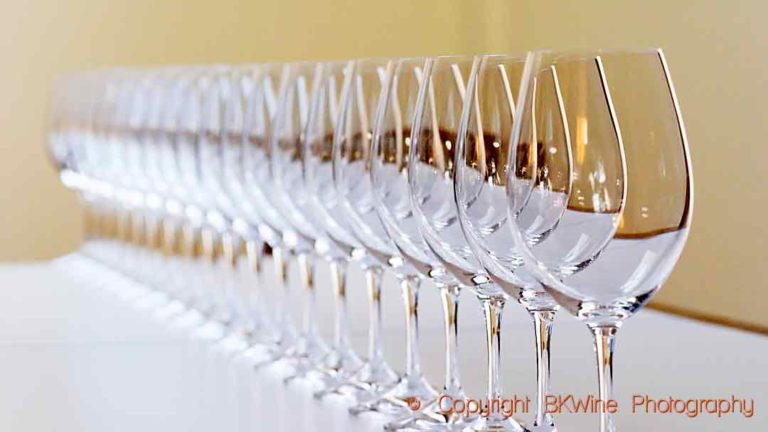
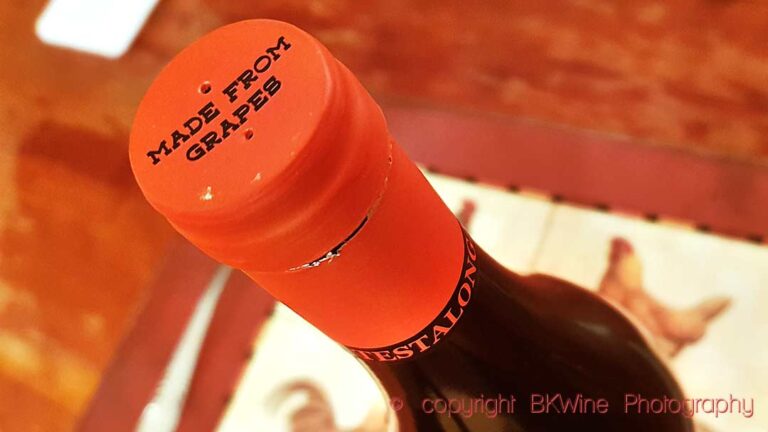




6 Responses
Hello,
85/15 & VCI are two independant rules.
If you produce VCI each year, each VCI produced keeps it own vintage.
In case of excess, the amount of cumulated VCI of the last harvest is “blocked” and you are not allowed to sell it.
It is “sliding” each year to the last vintage.
And when you get a low yield (typically 2013), your cumulated VCI (vintage 2012) is unlocked.
So you may use VCI and keep each vintage 100%.
Or you may not use VCI and blend vintages using 85/15.
I hope to make it clear.
Best regards,
Regis
Yes, this post about VCI does not correctly describe how VCI works. We are working on a new article that correctly describes how this very strange thing called VCI work. Please accept our apologies for this misunderstanding. Unfortunately it is very difficult to find information that describes it in a clear and concise manner. I hope that we will soon come back on this subject with an update.
In fact, the concept is very simple, but not easy to describe in a concise manner.
Please find a link explaining how it works for Bordeaux & Bordeaux superieur (still experimental) : https://goo.gl/HRcNNm
Looking at that presentation I am not sure I would describe it as “simple” ;-)
I will look at it in detail.
Many thanks again for the info!